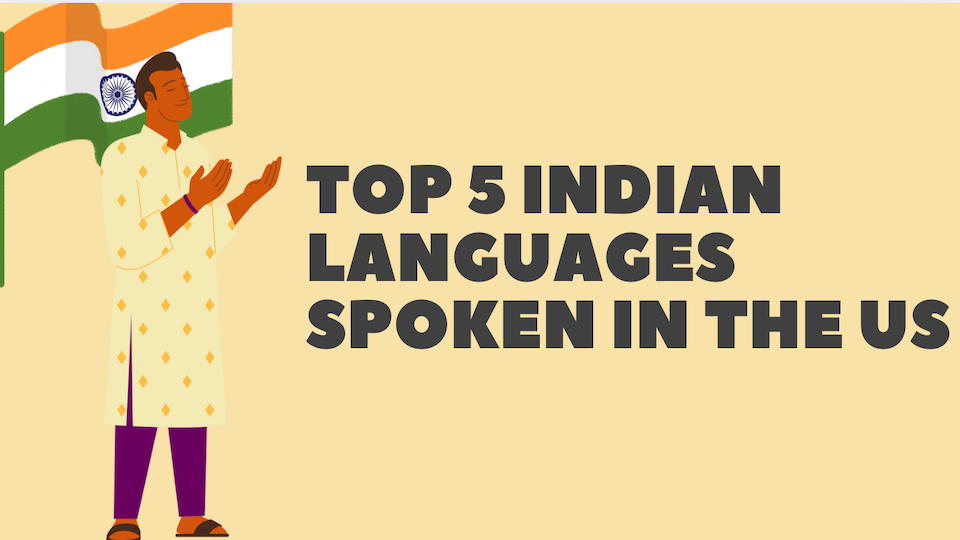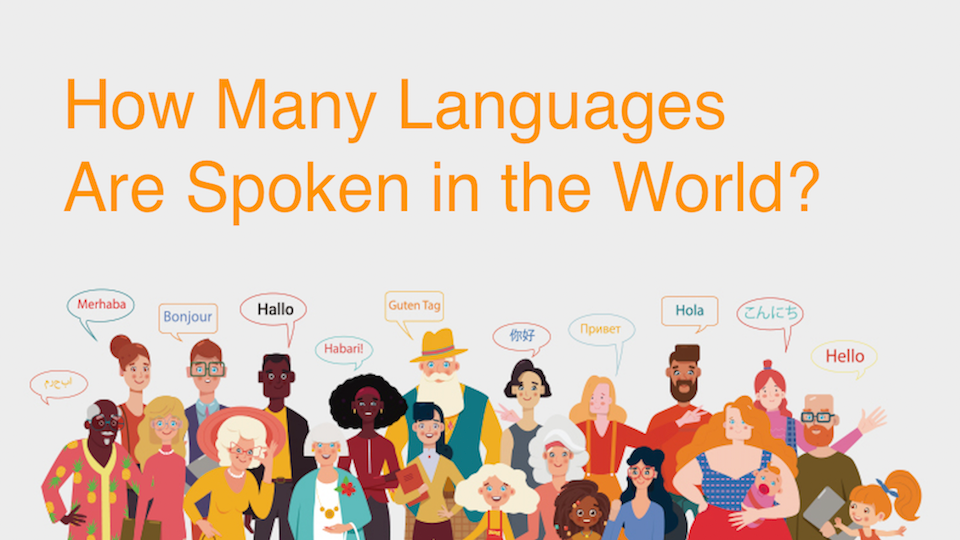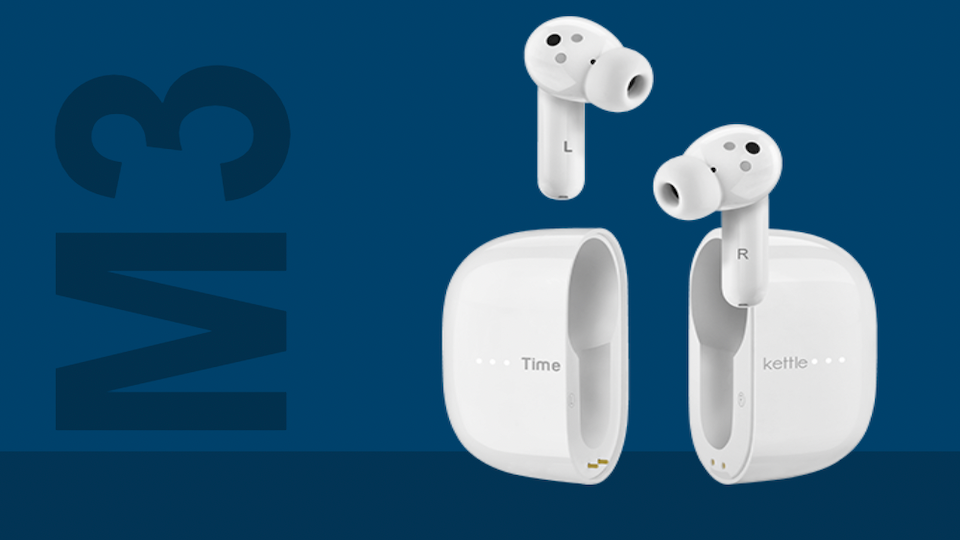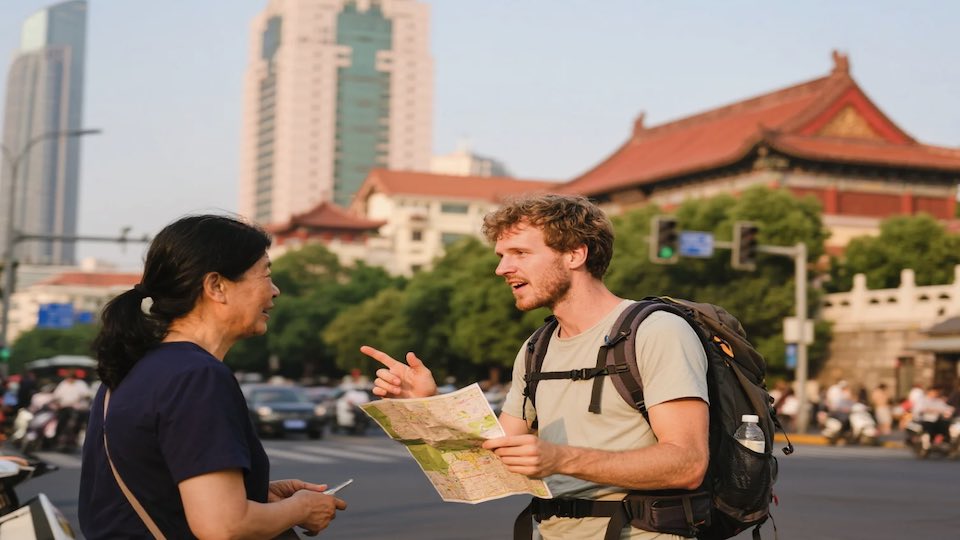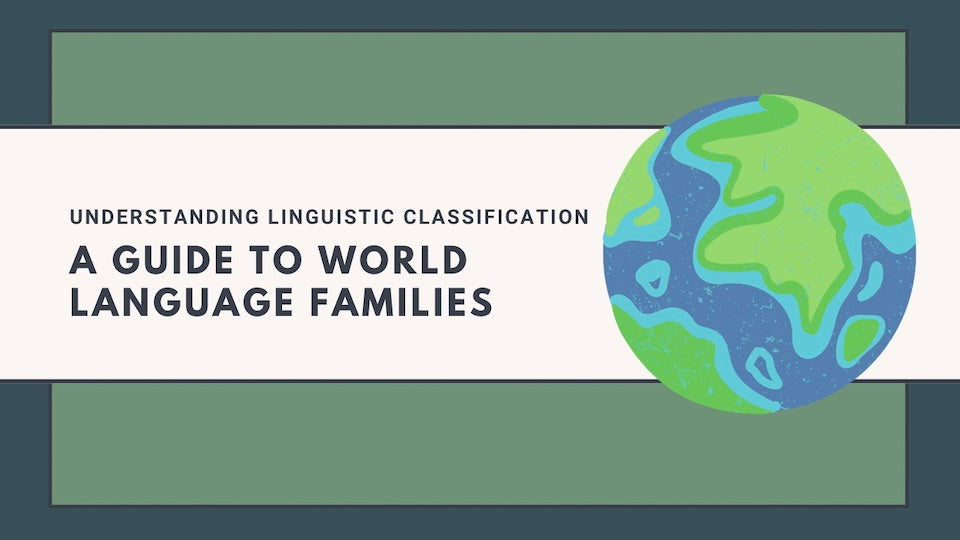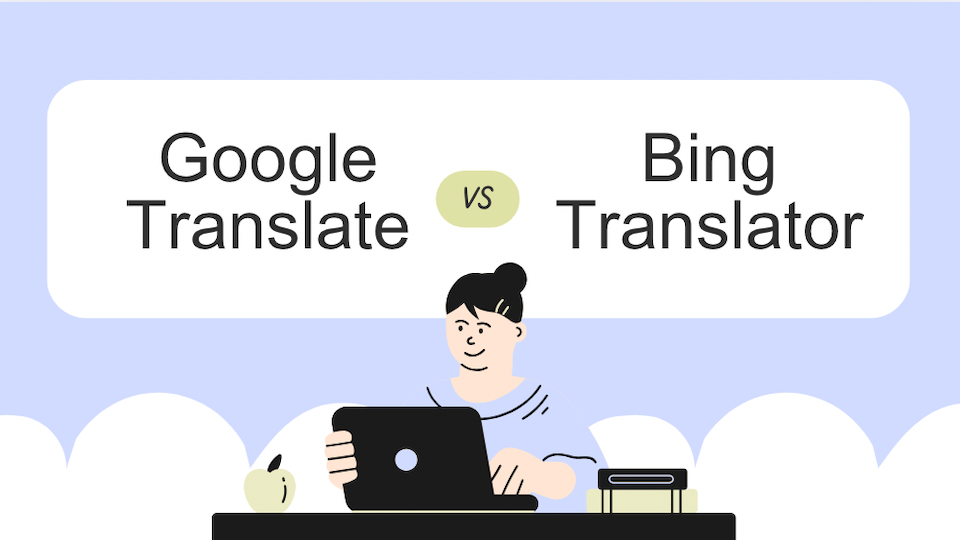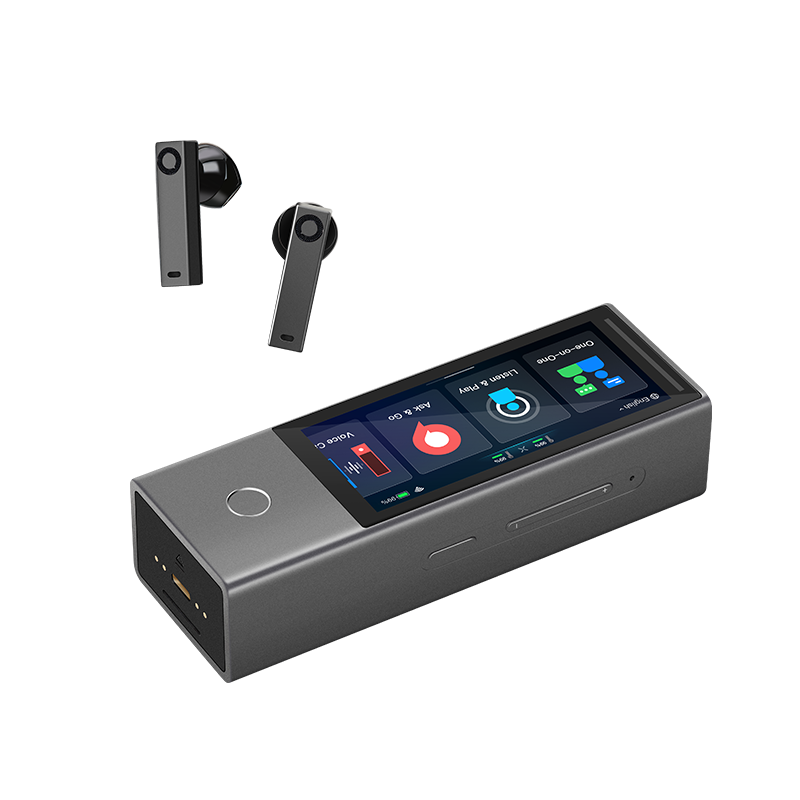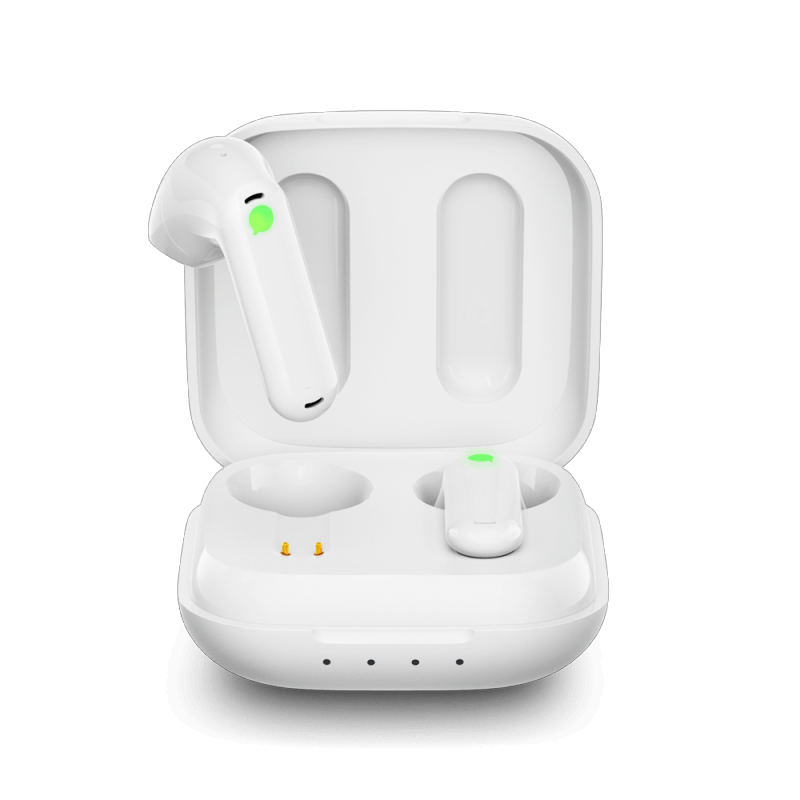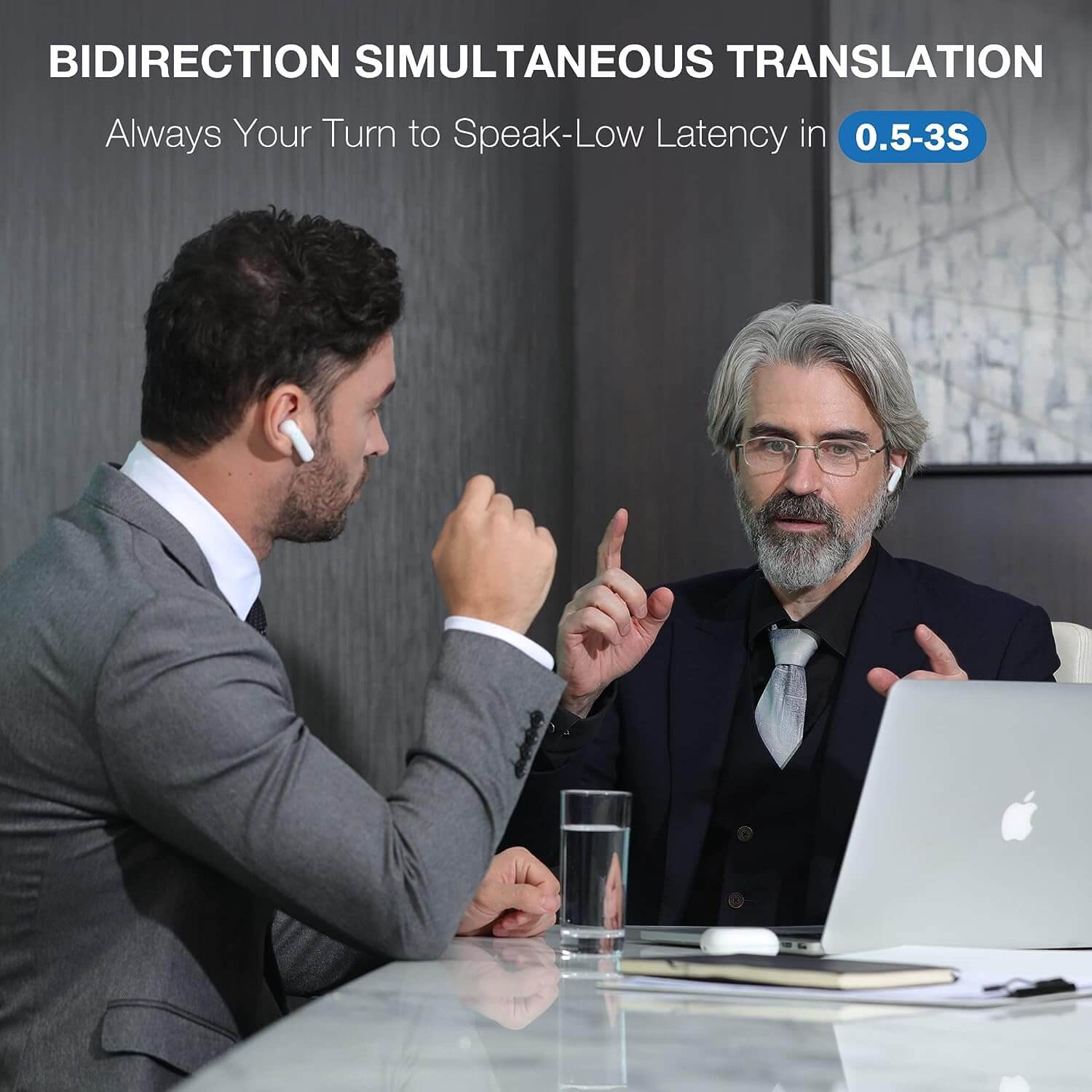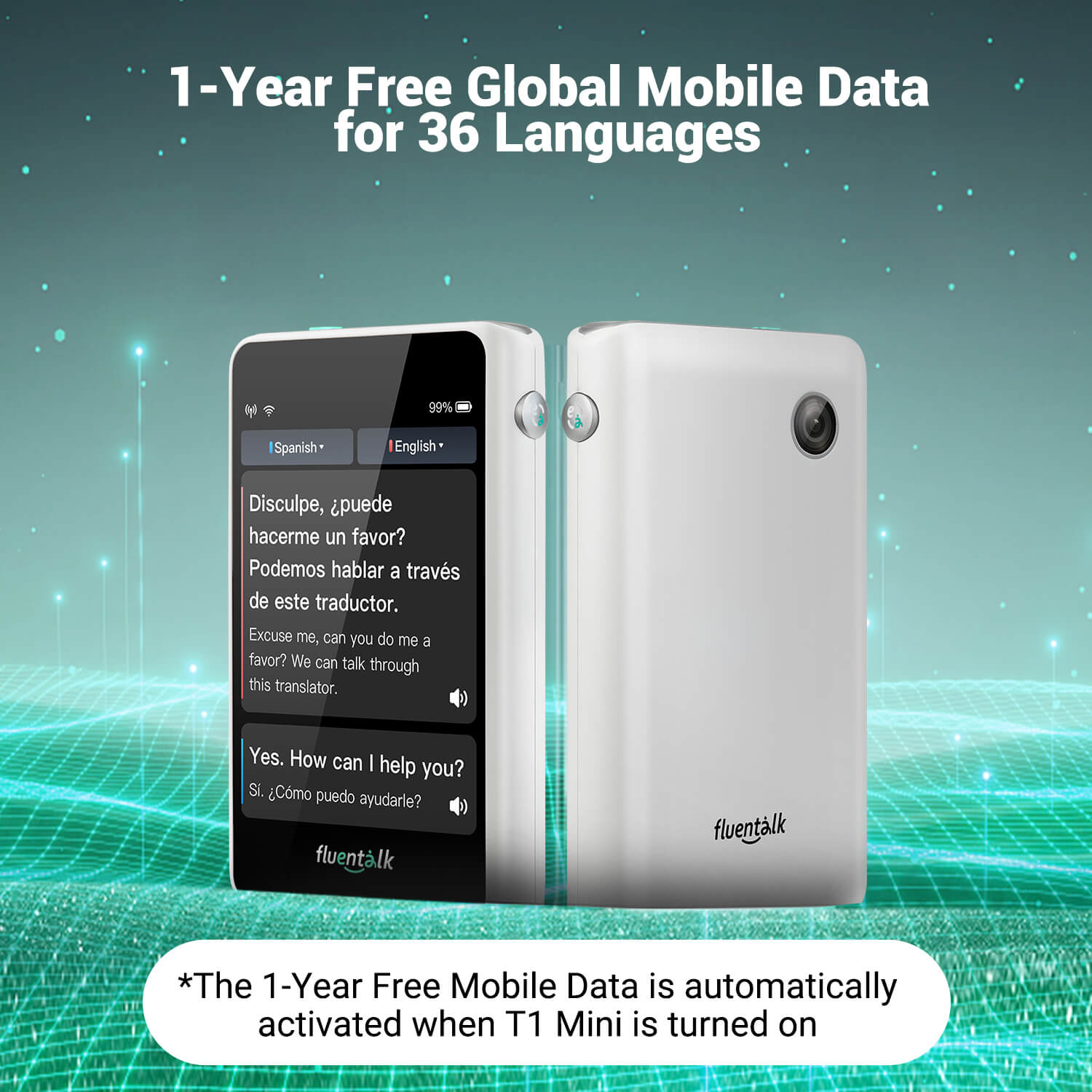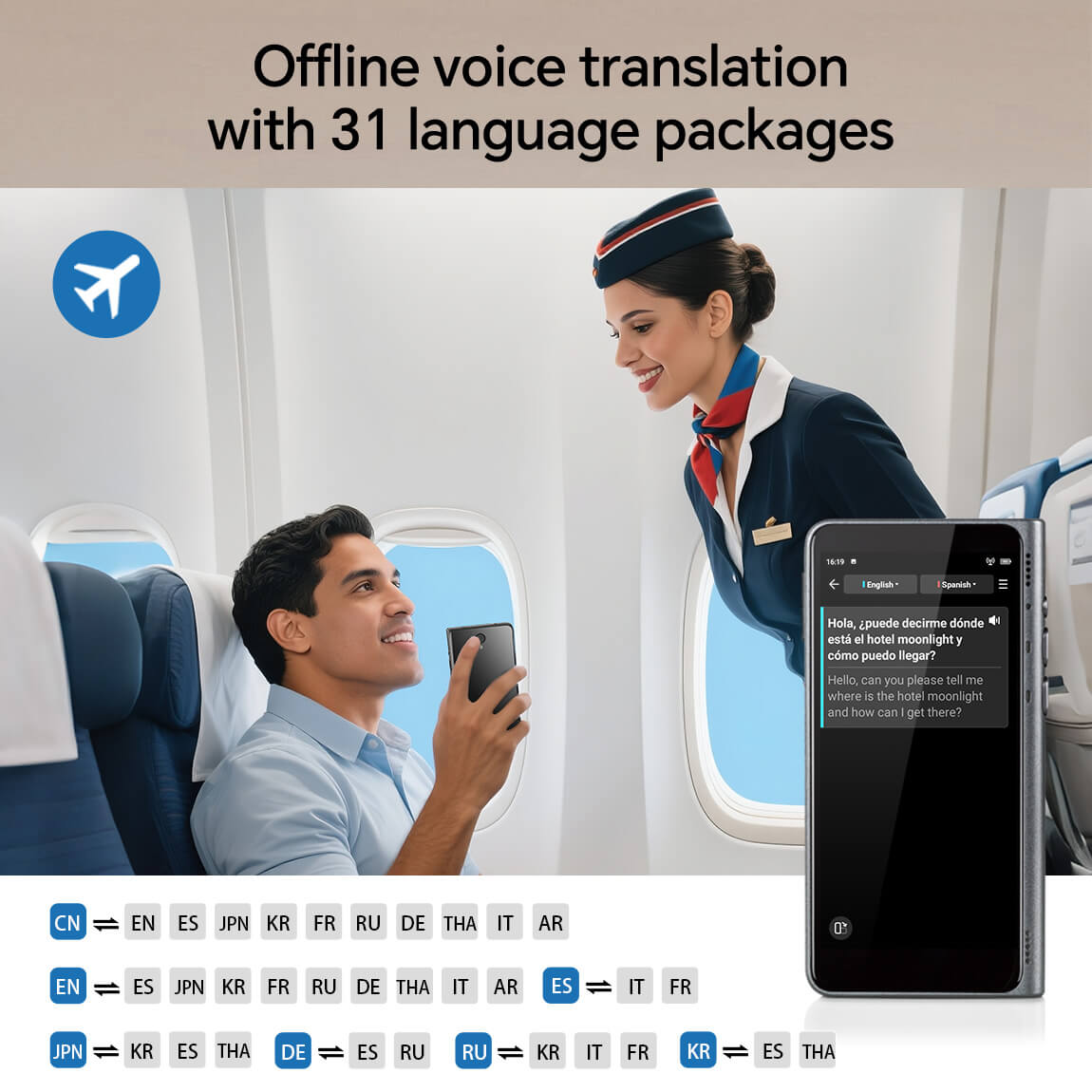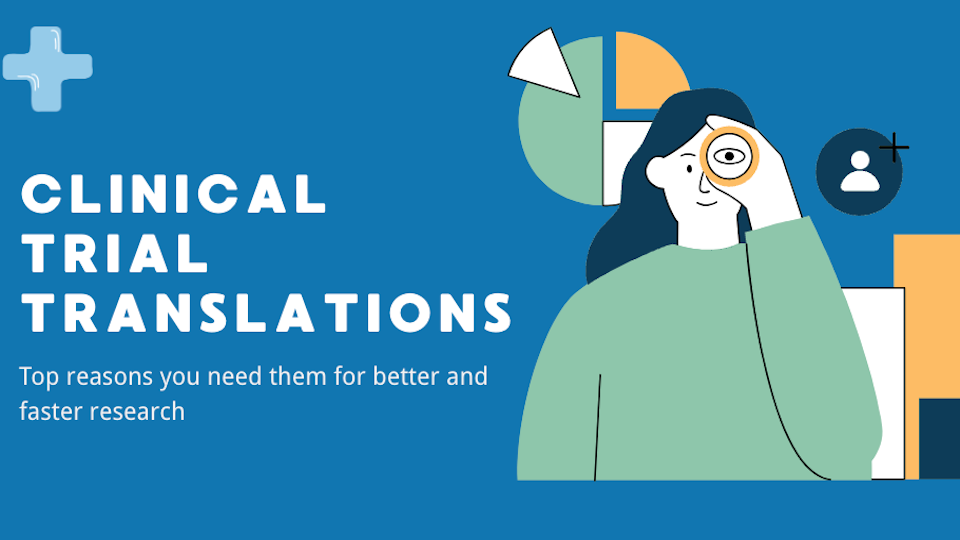
Clinical trial translations: Top reasons you need them for better and faster research
In today’s connected world clinical trials are crossing multiple countries and cultures. The success of these global studies relies on something that seems simple but is very complex: translation. When clinical trial materials are translated accurately and with cultural awareness researchers can get more reliable data, ensure participant safety and regulatory compliance. Let’s see why high quality clinical trial translation is not just a process requirement but the foundation of good medical research.
How Communication Quality Determines Clinical Trial Success
Clinical trials are the gold standard for testing new treatments but success depends on clear communication at every level. When trial materials are translated poorly the consequences can be severe - from participant misunderstandings to compromised data integrity.
Good communication through properly translated materials means participants understand what they’re consenting to, how to follow protocols and how to report adverse events. This clarity impacts the quality of the data collected. A study in the Journal of Clinical Research Best Practices found trials with well-translated materials experienced 23% fewer protocol deviations than those with basic translations.
Beyond data quality, full translation builds trust with the medical community and research participants. When people get information in their own language that respects cultural nuances they’re more likely to engage with the research process and that means higher recruitment rates, better retention and ultimately more successful trials.
What Makes a Translation "Accurate" in Clinical Research
In global clinical trials, accuracy goes beyond word for word translation. True accuracy balances three things: literal correctness, the author’s original intent and the cultural perception of the target audience.
A good clinical trial translation is scientifically precise and feels natural to native speakers. This is a delicate balance that translation professionals call “source oriented accuracy” (faithfulness to the original text) and “target oriented natural fluency” (how it reads to the audience). For example idioms about health or descriptions of symptoms don’t translate directly between languages and need cultural adaptation.
Medical translation specialists need to understand both the scientific concepts and the cultural context of the target audience. A consent form that preserves technical terminology perfectly but uses phrasing that feels foreign or confusing to the participants doesn’t achieve its purpose. The best translations maintain scientific integrity while adapting to cultural norms and linguistic preferences of the target population.
Critical Applications of Translation in Clinical Trials

Essential Documentation and Labeling
Any clinical trial requires key documents like protocols, informed consent forms, case report forms and product labeling. Each needs to be translated with precision to ensure regulatory compliance and participant safety.
Informed consent forms need special attention as they impact ethical practice and participant rights. These need to be translated with utmost clarity as they explain complex medical procedures, risks and participant rights in language that the average person can understand. According to FDA guidelines these translations need to be as clear and complete as the original documents.
Product labeling and packaging also needs to be translated with precision to prevent dosing errors and ensure proper handling. Even a small mistake in medication labeling can lead to serious adverse events or compromise the integrity of the trial data.
Communication and Collaboration Materials
Clinical trials involve ongoing communication between researchers, clinicians and participants. Email correspondence, phone scripts, participant instructions and adverse event reporting forms all need to be translated accurately to keep communication channels open.
When research teams are across multiple countries, translated meeting notes, training materials and collaborative documents ensure everyone is working from the same page. This is especially important for multinational studies where protocol standardisation is key to data validity.
The quality of these translations has a direct impact on how well stakeholders can collaborate across language barriers. Bad translations can lead to misunderstandings about procedures, data collection methods or safety protocols that compromise research integrity.
Training and Educational Resources
Site staff and investigators need to be trained consistently across all sites. Translated training materials so all team members regardless of their native language get the same information about the study procedures.
These often include technical videos, interactive modules and reference guides that need to be localized for different markets. Good translation of training resources helps to standardize procedures across sites, reducing variability that can impact study results.
And patient education materials help participants understand their condition and the importance of protocol adherence. When these are translated with cultural sensitivity participants are more likely to stay engaged and compliant throughout the study.
Patient-Facing Experience Materials
The participant experience is key to trial success. Questionnaires, diaries, quality of life assessments and other patient reported outcomes need to be translated with great care so that the data can be compared across languages.
These translations require not just linguistic accuracy but cultural validation to ensure that concepts like pain scales, emotional states or symptom descriptions are understood the same way across different cultural contexts. For example, expressions of discomfort or descriptions of mental health symptoms can vary greatly between cultures.
Well translated patient materials also improve the overall participant experience and therefore better retention and more complete data collection. When participants feel respected through materials that speak to them in their own language they are more likely to stay engaged with the research process.
AI-Powered Human Translation: The Best of Both Worlds
Modern clinical trial translation has evolved beyond the traditional choice between slow, expensive human translation and fast, inconsistent machine translation. Today's leading solution combines the strengths of both approaches: AI-powered human translation.
This hybrid approach uses neural machine translation as a first step, creating a base translation that captures technical terminology and basic structure. Human medical translation experts then refine this output to ensure scientific accuracy, cultural appropriateness and natural language flow that machine translation can’t achieve.
The technology part includes advanced translation memory systems that maintain consistency across documents and studies. These systems learn from previous translations, building a database of approved terminology and phrasing that gets more efficient while maintaining quality standards.
The human part brings cultural insight, regulatory knowledge and subject matter expertise. Professional medical translators understand both the scientific content and the cultural context of the target audience and can make nuanced decisions to preserve meaning while adapting to cultural expectations.
Key Benefits of AI-Enhanced Human Translation for Clinical Trials
Accelerated Timelines Without Sacrificing Quality
Traditional human-only translation processes can slow down clinical trial timelines. AI-powered human translation speeds up timelines while maintaining high quality. This is how sponsors can meet tight regulatory deadlines and get studies launched faster.
By automating routine translation tasks and letting human experts focus on refinement and quality control, this approach can reduce translation time by up to 40% compared to traditional methods. This is especially valuable during study amendments when documentation needs to be updated across multiple languages.
Cost Efficiency Through Technological Leverage
Clinical trials are budget constrained and translation costs add up quickly when working across multiple languages. AI-enhanced translation saves costs by reducing the time human translators spend on first drafts.
The translation memory component saves even more costs by eliminating duplicate translation work. When phrases or paragraphs appear across documents, the system applies previously approved translations automatically, reducing time and cost while improving consistency.
Regulatory Compliance and Quality Assurance
Clinical trial translations must comply with regulatory requirements across different regions. AI powered human translation systems have built in compliance checks and quality assurance processes to ensure regulatory compliance.
These systems can automatically flag potential compliance issues, terminology inconsistencies or deviations from approved language. The workflow is structured with multiple quality control steps, including back translation for critical documents, review by subject matter experts and final verification against source material.
This systematic approach to quality management creates a documented trail of translation decisions and approvals that can be invaluable during regulatory inspections or audits.
Conclusion: Translation as a Strategic Investment
Clinical trial translation is more than a regulatory requirement—it’s an investment that directly impacts research outcomes, patient safety and global market access. By prioritizing accurate, culturally relevant translation, sponsors can improve data quality, patient experience and get to market faster.
The move to AI powered human translation offers the perfect balance of efficiency, cost and quality to meet the complex demands of global clinical research. As trials become more global, translation quality will be the differentiator in research success.
Companies that see translation as part of their research strategy—not an afterthought—will have more efficient trials, better data and ultimately more success in getting new treatments to patients worldwide.
Disclaimer: This content is for reference only and does not represent any medical or medical advice. Readers seeking medical or medical advice should be sure to consult a professional doctor.
Frequently Asked Questions
What languages are most commonly needed for clinical trial translations?
Mandarin Chinese, Spanish, French, German, Japanese, Russian, Portuguese, Italian and Korean are the most requested languages. However, the languages required will depend on the trial’s geography and population.
How does back-translation contribute to quality assurance?
Back-translation involves translating the already translated document back into the original language by a different translator. This helps to identify potential misinterpretations or meaning shifts in the initial translation, especially for critical documents like informed consent forms.
What regulatory bodies oversee clinical trial translation requirements?
Various regulatory bodies have guidelines for translations, including the FDA, EMA, PMDA (Japan), NMPA (China) and other national regulatory agencies. Each has specific requirements for document translation and certification.
How should patient-reported outcomes be handled in translation?
Patient-reported outcomes require linguistic validation beyond standard translation, including cognitive debriefing with native speakers from the target population to ensure conceptual equivalence across languages and cultures.
What is the typical timeframe for translating clinical trial documents?
Timeframes vary depending on document complexity and language pairs, but standard documents take 7-14 business days to translate and review. Critical path documents can often be expedited through AI-powered translation workflows.
